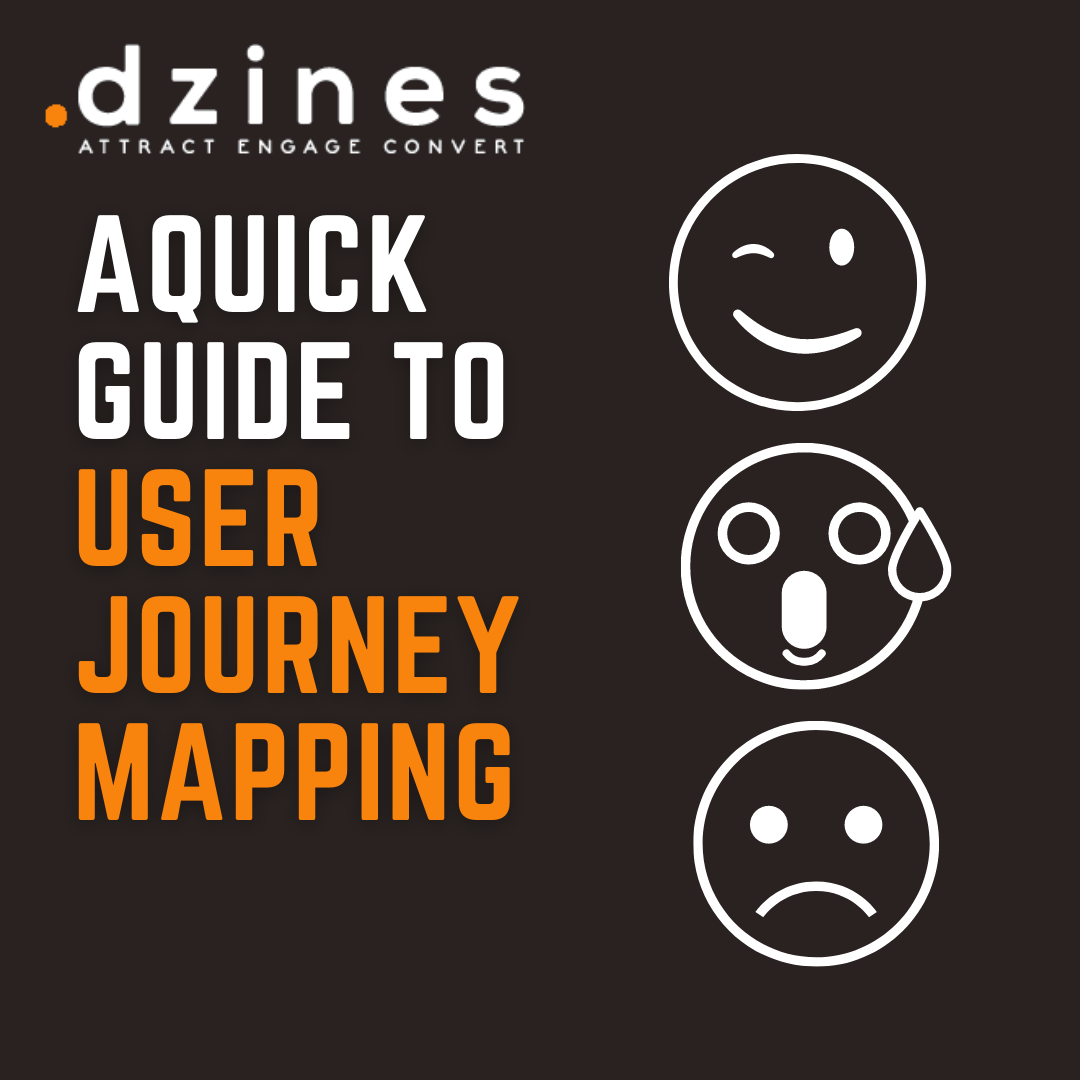
If you truly want to provide a product or service that keeps your customers coming back time after time the user experience has to be right, your user needs to be engaged, able to navigate the product and be happy along the way.
With that in mind, Can you answer these questions – How does my customer use my product? and how can I improve conversions or purchases?
We can only answer if we understand our users and the journey they take to buy our service or product or take action on our platform.
Table of Contents
What does user journey mean?
In simple terms, a user journey is a process that a customer or user goes through when interacting with your business. This includes all the steps and touchpoints along the way, from becoming aware of your product or service to making a purchase or taking some other desired action.
There are several methods for mapping out a user’s journey, but one of the most popular is user journey mapping.
What is user journey mapping?
User journey mapping is just what it sounds like: creating a map of all the steps your users take to interact with your product or service, from start to finish.
You might do this as a rough drawing yourself or to delve a little deeper into the thoughts and actions of your user you might create this map from the outcome of market research, for example, you could run a series of interviews and collate this data, this would be particularly helpful to identify trends and common pain-points.

Creating a user journey map can help you do several things:
Understand how your users interact with your product or service
If you know exactly what your users are thinking and feeling at each stage of their journey, you can create content that speaks to them directly, addressing their needs and concerns at every turn.
Identify any pain points or areas that need improvement
Breaking down the exact step your users take to arrive at your desired outcome can help you identify any pain points or areas for improvement along the way.
Come up with new ideas for products or features
Through speaking with users as they navigate the user journey you may identify useful tools or features that you had not considered.
Create more targeted marketing campaigns.
By understanding how your users interact with your product or service, you can create marketing campaigns that are more targeted and likely to speak to their needs, resulting in higher conversion rates.
How to create a user journey map
Creating a user journey map is relatively simple, though it will take some time and effort to get it right. Here are the basic steps:
1. Define your goals
What do you hope to achieve by creating a user journey map? What do you want to learn about your users? Keep these goals in mind as you create your map.
2. Identify your users
Who are you making this map for? What are their demographics? Their needs and wants? Keep your target user in mind as you create your map.
It might be helpful to create a customer avatar at this stage, this is your ideal customer that you keep in mind as you work.
3. Identify the steps in the journey
What are the steps your users take to interact with your product or service? You can use surveys, interviews, or even just your own observations to come up with a list of these steps. Once you have your list, put them in order so you can start to see the bigger picture.
4. Add detail to each step
Now that you have an idea of the steps your users take, it’s time to add some detail.

For each step, answer these questions:
What does the user do?
What does the user think?
what does the user feel?
are there any missed opportunities?
Choosing your user journey format
There are many different ways to format a user journey map. You might opt for a traditional linear map, showing the steps in the journey from start to finish. Or you might choose a more visual format, such as a mind map or flowchart.
It’s up to you which format you choose, but it’s important to make sure that your map is easy to understand and use. Whichever format you choose, be sure to include the following elements or stages

The user Goal
What is the user trying to do or achieve? Your map should have a clearly defined ending or goal state, this is the result that the user is hoping to achieve by taking your journey.
A clear starting point or discovery stage
Your map should have a clearly defined starting point, typically when the user becomes aware of your product or service.
The steps in the journey
Your map should include all of the steps in the journey, this could be from locating your service to takings action and then on to the result or outcome
The user’s thoughts and feelings
For each step in the journey, your map should include the user’s thoughts and feelings. This will help you to understand their needs and concerns at each stage.
It can be helpful to visualise this with drawings or even emojis, which can identify if certain stages are uncomfortable for your user.
Opportunities for improvement
Your map should also include any opportunities for improvement, this could be anything from a more streamlined process to addressing a pain point.
Overall, creating a user journey map is a great way to understand your users and their needs. By understanding the steps in your users’ journey, you can identify areas for improvement and create marketing campaigns that are more targeted and likely to speak to their needs.
Dzines Digital offer a UX design service focused on helping your business develop an improved understanding of your user journey.
Put your audience at the centre of your business and flourish.
Want to learn more?




